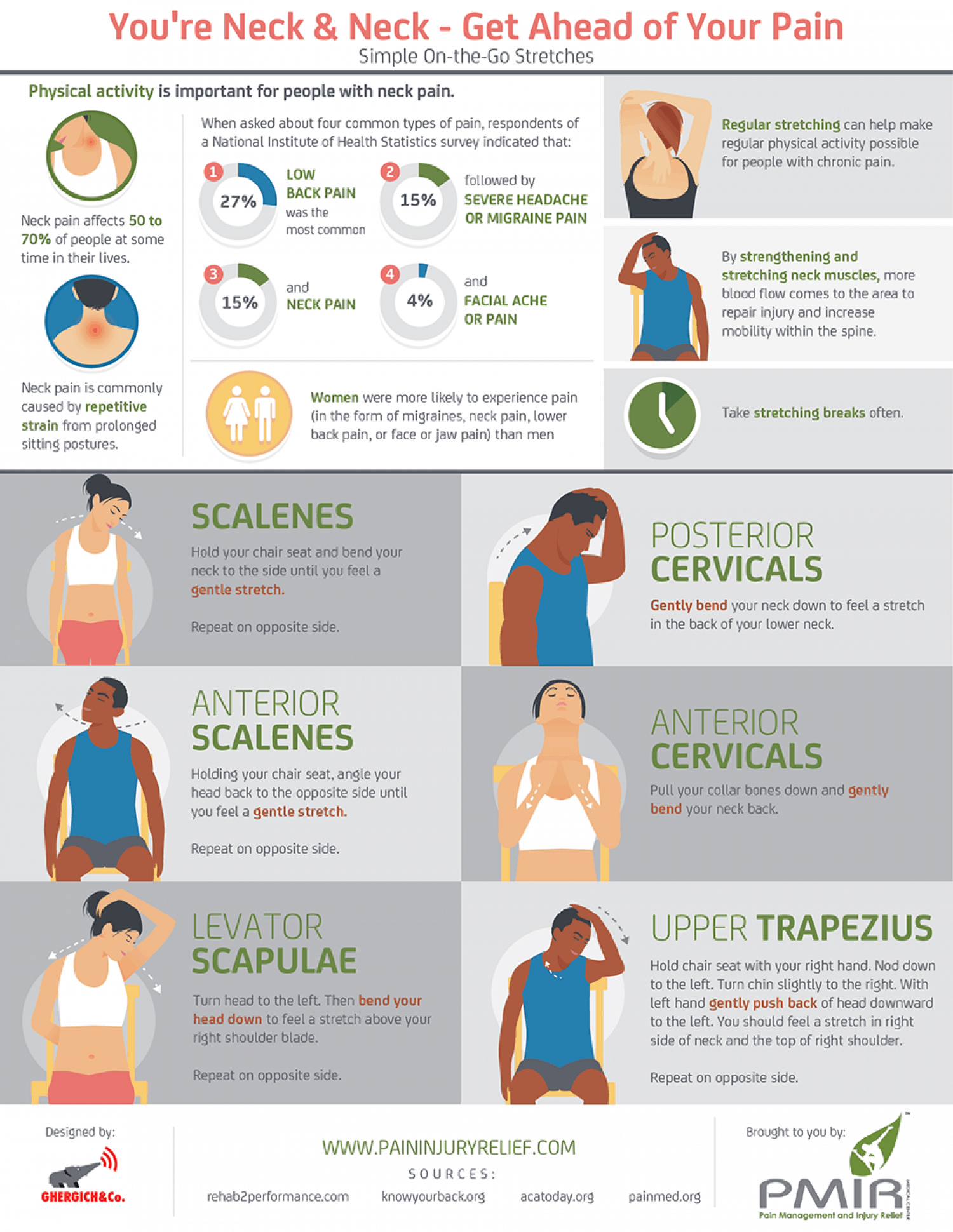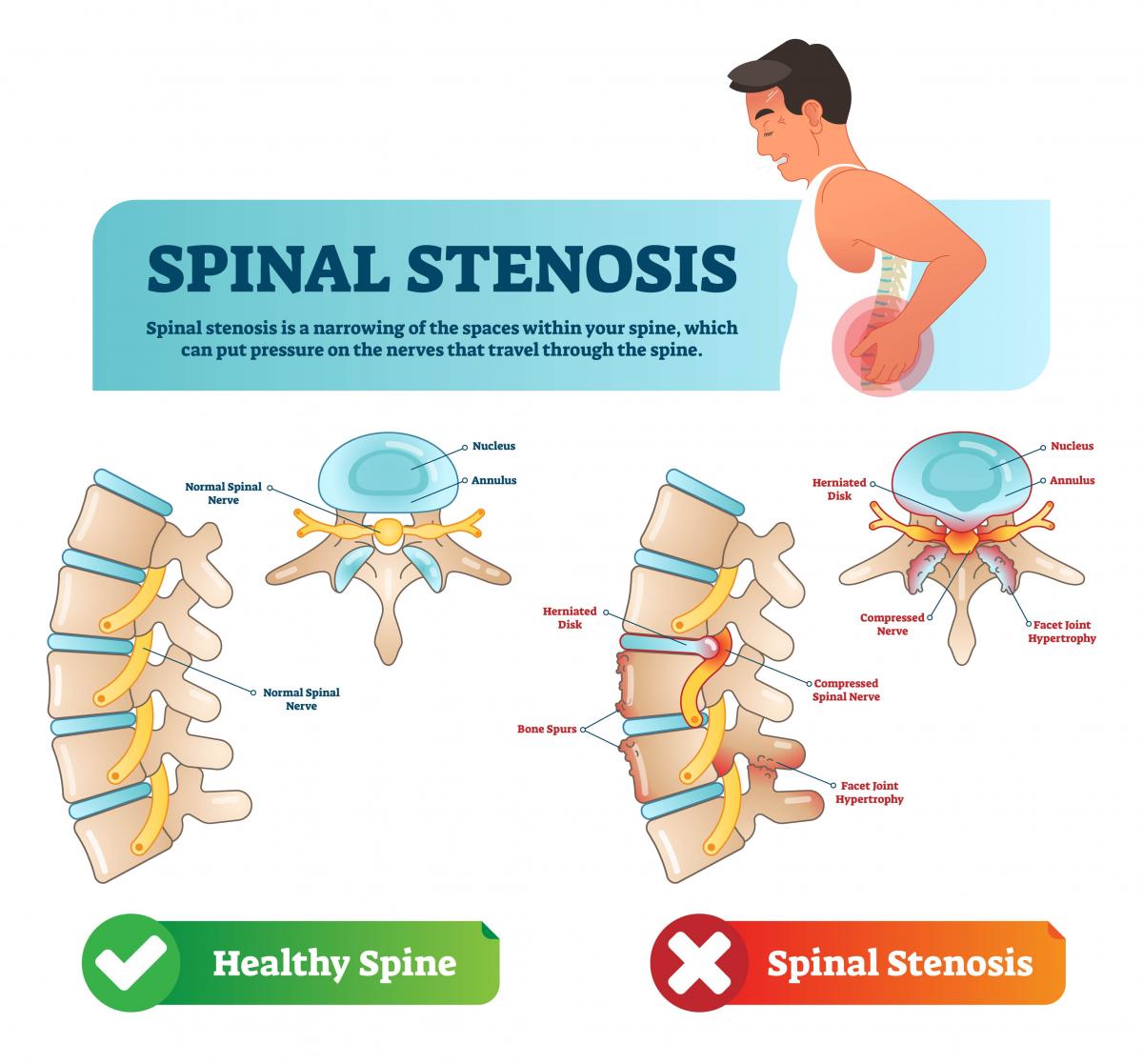It is important to know when neck pain may require a trip to the emergency room (ER) for immediate medical attention. Neck pain is a common occurrence that can vary in severity and cause, ranging from minor muscle strains to more serious conditions such as infections or spinal cord injuries.
One sign that you should go to the ER for neck pain is if it is accompanied by severe symptoms. These symptoms may include difficulty breathing or swallowing, severe headache, dizziness or loss of coordination, numbness or weakness in the arms or legs, and intense pain that does not subside with rest or over-the-counter pain medications. These signs could indicate a more urgent underlying problem that requires immediate medical intervention.
Another instance where a visit to the ER is necessary is if the neck pain follows a traumatic injury such as a car accident or a fall. Trauma to the neck can lead to fractures or dislocations, which can threaten the spinal cord’s stability and function. It is crucial to seek immediate medical evaluation in such cases to prevent any potential long-term damage.
Additionally, if the neck pain is accompanied by fever or other signs of infection, it is vital to seek medical attention promptly. Infections in the spinal cord or neck tissues can be serious and may require antibiotics or surgical intervention.
However, not all neck pain requires a visit to the ER. If the pain is mild to moderate and not accompanied by any severe symptoms or trauma, it is often more appropriate to consult a primary care physician or a specialized clinic. They can evaluate the condition and offer appropriate treatment options such as pain relievers, physiotherapy, or referral to a specialist if necessary.
In summary, neck pain should be evaluated in the ER when severe symptoms or signs of serious underlying conditions are present, such as difficulty breathing, severe headache, or weakness in the arms or legs. Traumatic injuries and signs of infection should also prompt an immediate visit to the ER. However, mild to moderate neck pain without severe symptoms or trauma can be evaluated by a healthcare professional outside of the emergency room setting.
What is a neck pain that radiates to the head?
A cervicogenic headache is an example of referred pain. It’s a pain in the neck that you feel in your head. People often develop cervicogenic headaches after an injury that causes whiplash or as a result of a pinched nerve in the neck. Arthritis, neck sprains or a neck fracture can also lead to cervicogenic headaches.

What causes shooting pain from neck to head?
Causes of occipital neuralgiaoccipital neuralgiaOccipital neuralgia is defined by the International Headache Society as paroxysmal shooting or stabbing pain in the dermatomes of the greater or lesser occipital nerve. Various treatment methods exist, from medical treatment to open surgical procedures.https://www.ncbi.nlm.nih.gov › pmc › articles › PMC4810328Neuralgias of the Head: Occipital Neuralgia – PMC – NCBI include injury, pinched nerve, overly tight neck muscles, nerve compression, disc disease, or infection and inflammation. Diagnosis of occipital neuralgia is usually done through a physical and neurological exam, along with diagnostic imaging.
How do you deal with unbearable neck pain?
– Ice or heat. Apply cold, such as an ice pack or ice wrapped in a towel, for up to 15 minutes several times a day during the first 48 hours. …
– Stretching. Stretch your neck muscles by turning your neck gently from side to side and up and down.
– Massage. …
– Good posture.

When neck pain becomes unbearable?
When neck pain continues to interfere with routine activities or persists for days without improvement, it is advisable to schedule a doctor appointment. Sometimes neck pain is caused by a serious underlying medical condition, such as a spinal cord compression, cancer, meningitis, or any number of infections.
What is the newest treatment for lumbar spinal stenosis?
InterspinousInterspinousThe interspinous ligaments (interspinal ligaments) are thin, membranous ligaments that connect adjoining spinous processes of the vertebra in the spine.https://en.wikipedia.org › wiki › Interspinous_ligamentInterspinous ligament – Wikipedia spacers are a new approach to treating spinal stenosis that work gently and in a targeted way by opening the spinal canal to create room and reduce pressure on crowded nerves. A spinous process is the part of your vertebra that projects backward from your vertebral arch.

How do you fix lumbar spinal stenosis without surgery?
A physical therapy program can go a long way towards easing your symptoms while also helping you improve your balance, flexibility, and endurance. In addition to physical therapy, other alternative treatments for spinal stenosis may include chiropractic care and integrative therapies.
What is the best treatment for lumbar spinal?
Treatment can include physical therapy, medicine, and sometimes surgery. Except in emergencies, such as cauda equina syndrome, surgery is usually the last resort. Physical therapy may include exercises to strengthen your back, stomach, and leg muscles.
How do you get rid of lumbar spine pain?
– Strengthen your core muscles. …
– Stretch daily. …
– Avoid sitting with poor posture. …
– Take walks. …
– Lift correctly. …
– Reduce pressure on your back when you sleep. …
– Watch your weight. …
– Quit smoking.
Does lumbar spine pain go away?
Almost everyone has low back pain at some time. The good news is that most low back pain will go away in a few days or weeks with some basic self-care. Some people are afraid that doing too much may make their pain worse.


